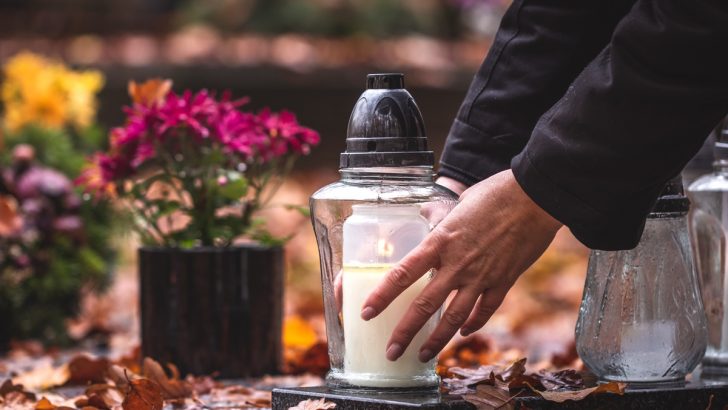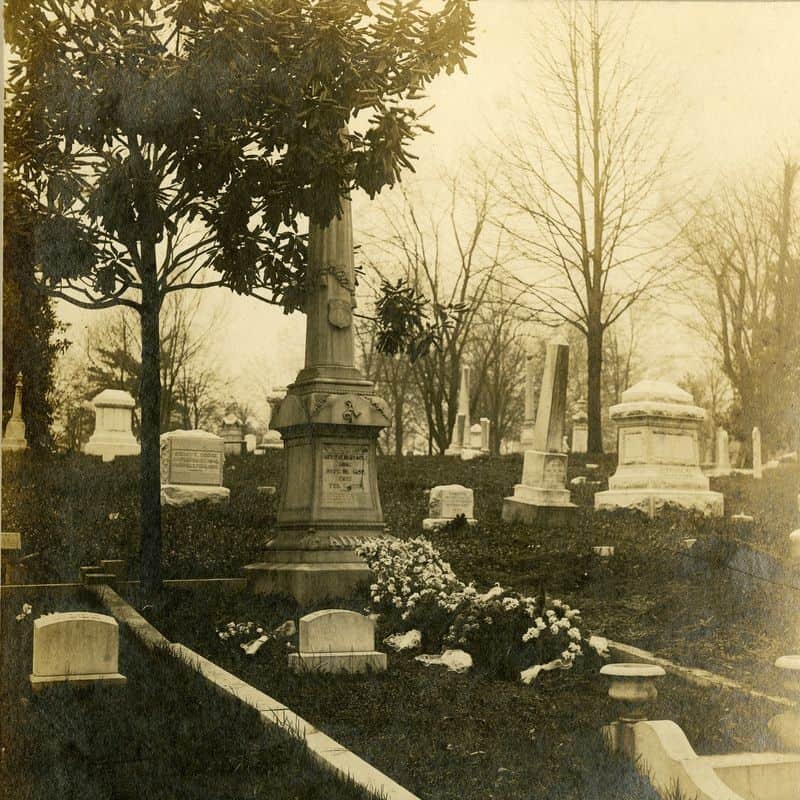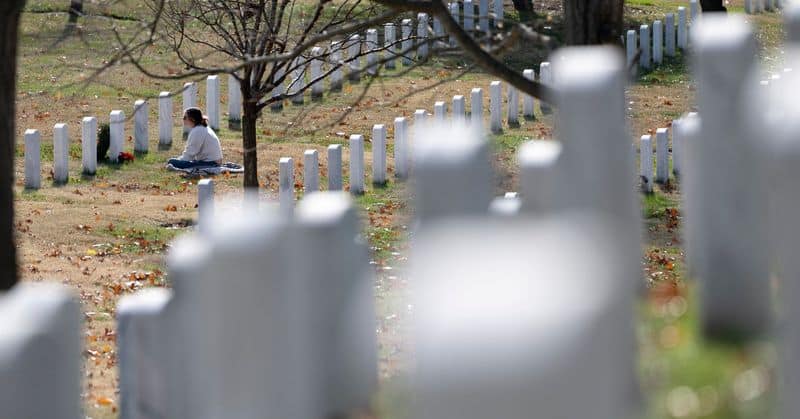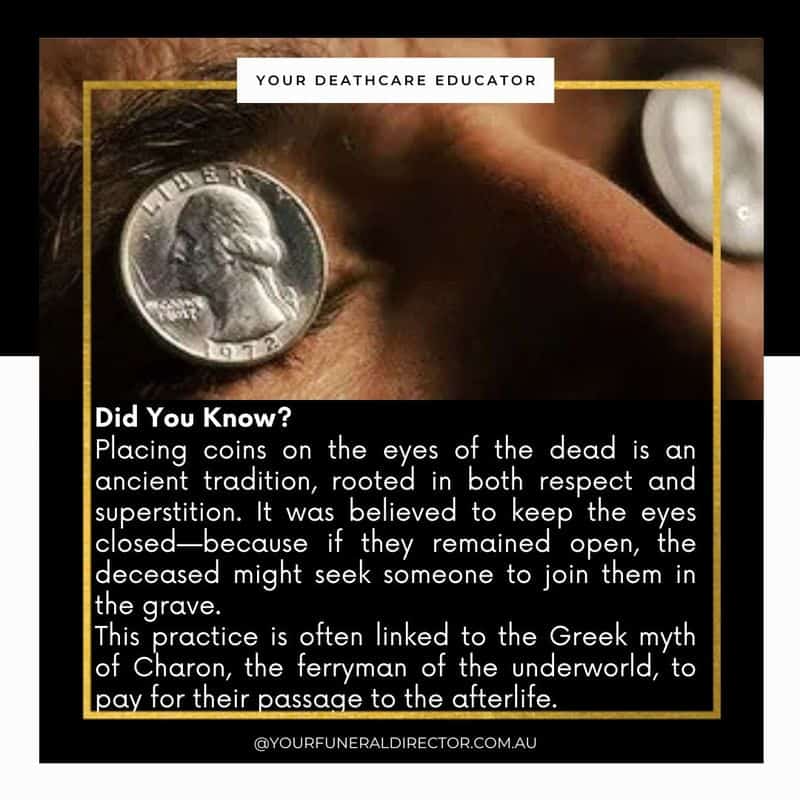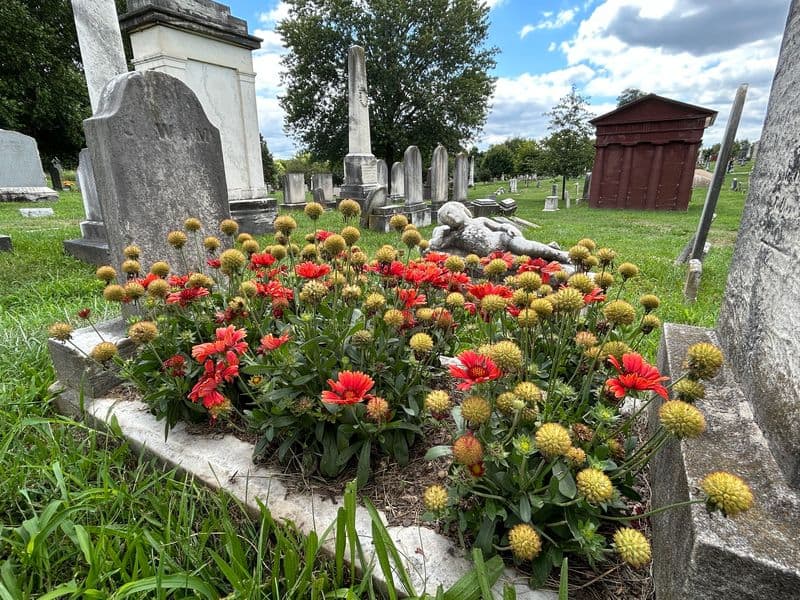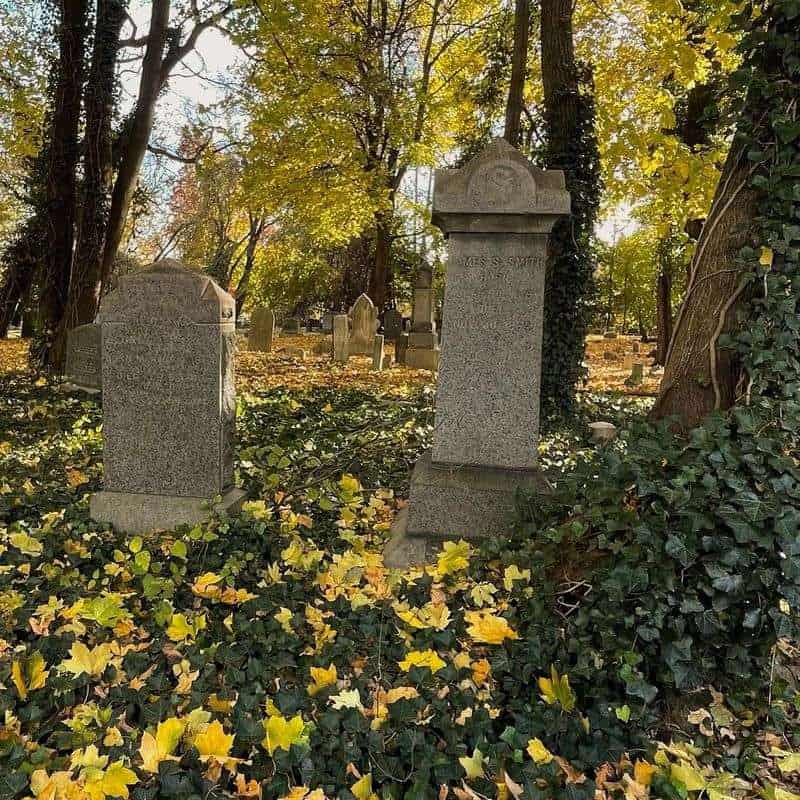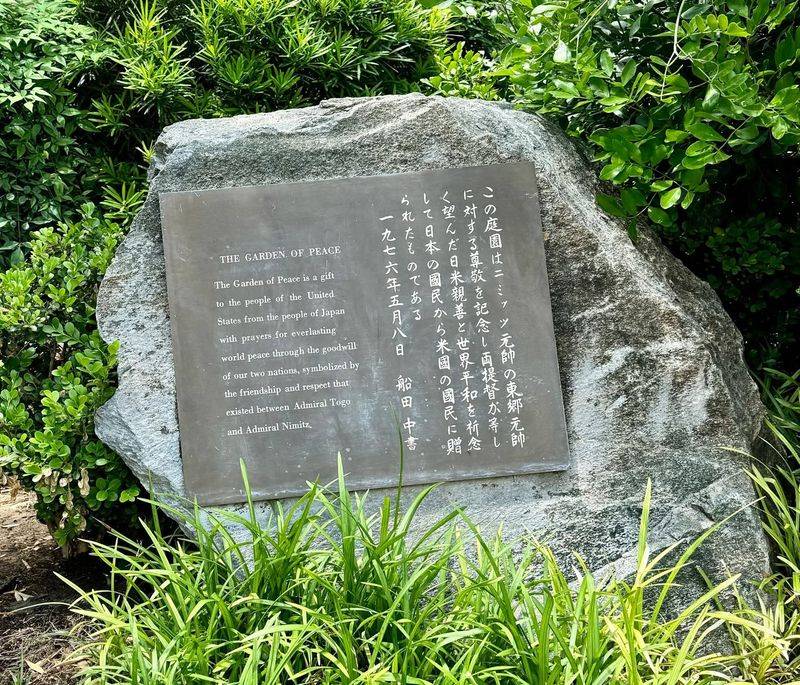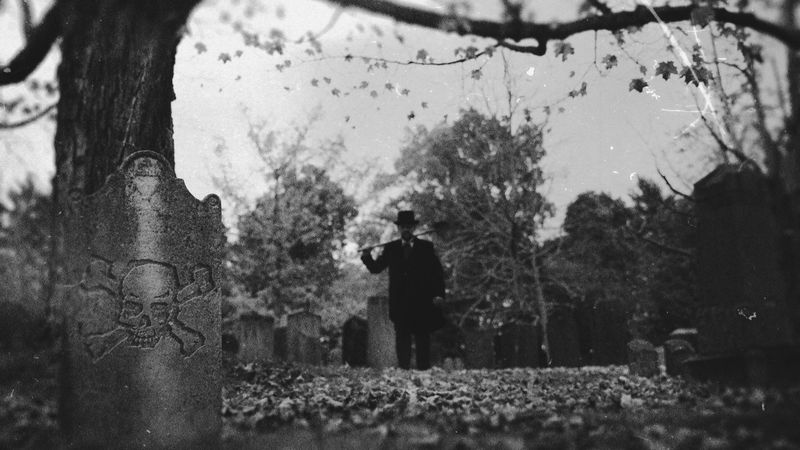Graveyards hold more than just the departed—they contain centuries of beliefs, fears, and traditions about death.
Our ancestors created specific rules for burial grounds that reflected their understanding of the afterlife and the boundary between the living and dead.
These forgotten cemetery customs weren’t just superstitions; they were carefully followed practices that helped people cope with mortality and honor those who passed on.
1. East-West Grave Orientation
Ancient burial practices weren’t random—graves were purposefully aligned with the deceased’s head to the west and feet to the east. This positioning allowed the dead to face the rising sun when they supposedly rose on Judgment Day.
Christians particularly embraced this tradition, believing it would help the departed stand and face the returning Christ from the east. The practice dates back thousands of years across different cultures.
Even today, many traditional cemeteries maintain this directional positioning, though few visitors realize its significance when walking among the headstones.
2. Never Leave a Grave Open Overnight
Gravediggers once raced against the setting sun to complete their solemn task. Leaving a grave open overnight was considered a terrible omen that would summon another death in the community within days.
This belief likely had practical origins. An open grave could attract scavenging animals or collapse in poor weather, creating more work and distress for mourners.
Some communities took this rule so seriously they would post guards by incomplete graves until burial could be finished the following day, ensuring no spirits could escape or enter the waiting earthen chamber.
3. Hold Your Breath When Passing a Graveyard
Children for generations were taught to hold their breath when passing by cemetery gates. This wasn’t just a playground game—it stemmed from the genuine fear that breathing near graves might allow a wandering spirit to enter your body.
The soul was believed to enter and exit through breath, making this bodily function particularly vulnerable near places of death. Parents would anxiously watch their children pass burial grounds, ensuring they followed this protective ritual.
The practice reveals how deeply our ancestors feared spiritual contamination and how they created physical actions to manage their anxiety about death’s proximity.
4. Coins on the Eyes of the Dead
The practice of placing coins on the eyelids of the deceased originated in ancient Greece and Rome as payment for Charon, the mythological ferryman. Without these coins, souls risked being stranded at the shores of the River Styx, unable to cross into the afterlife.
Over time, this tradition evolved and spread throughout Europe. Coins were sometimes placed in the mouth or hands, depending on regional customs.
The ritual highlights our ancestors’ concern with properly preparing the dead for their journey beyond. Even after official religious practices changed, families continued this tradition well into the 19th century.
5. Reading Wildflowers as Signs from Beyond
Graveside flowers weren’t just decorations—they were messages about the deceased’s moral character. Spontaneous wildflowers blooming on a new grave indicated a virtuous life, while persistent weeds suggested moral failings that followed the person even in death.
Families would anxiously watch what grew on their loved ones’ graves during the first spring after burial. Some would secretly plant favorable blooms to ensure the right message was conveyed to the community.
This belief transformed cemeteries into moral landscapes where nature itself passed judgment, revealing how deeply intertwined spiritual status and natural phenomena were in traditional thinking.
6. Pregnant Women Forbidden from Cemetery Visits
Expectant mothers were strictly warned against entering burial grounds, as their unborn children were thought to be especially vulnerable to spiritual influence. The belief held that restless souls might become jealous of new life forming and attempt to possess or harm the developing baby.
This prohibition existed across numerous cultures and continents. Pregnant women who needed to attend funerals would often carry protective items like iron, salt, or specific herbs.
The taboo reveals the perceived fragility of the boundary between life and death, with pregnancy representing the ultimate creation of new life in direct opposition to the cemetery’s role as death’s domain.
7. Footstone Placement to Trap Restless Spirits
During the 1500s, heavy stone markers weren’t just for identification—they served as spiritual anchors. Footstones were strategically placed to prevent the deceased from physically rising from their graves during the apocalypse or through supernatural means.
The weight and positioning of these stones reflected genuine fear about the dead returning to harm the living. In some regions, especially during plague outbreaks, bodies might be buried face-down with stones on their backs for extra security.
This practice emerged during a time when mysterious illnesses and limited medical knowledge led to widespread fear about the boundary between life and death becoming dangerously permeable.
8. Tucking Thumbs While Passing Burial Grounds
In Japan, passersby would carefully tuck their thumbs into their fists when walking near cemeteries. This wasn’t merely superstition but linguistic protection—the Japanese word for thumb (oya-yubi) contains the same character as “parent” (oya).
By hiding their thumbs, people symbolically concealed their parents from death’s notice. Children were especially taught this practice to protect their family members from being “recognized” by wandering spirits.
The tradition beautifully illustrates how language and protective gestures intertwined in death customs, creating physical rituals from wordplay that provided psychological comfort against mortality’s constant presence.
9. Never Count the Cars in a Funeral Procession
The warning against counting funeral procession vehicles wasn’t just respectful etiquette—it was self-preservation. Folk wisdom held that counting the cars would reveal how many days remained until your own death.
This taboo existed across numerous cultures with variations. Some believed counting graves or mourners carried similar risks, making mathematical observation in cemeteries dangerous business indeed.
The superstition reflects humanity’s complicated relationship with death awareness—we simultaneously seek to know our fate while fearing the knowledge. By avoiding counting, people symbolically rejected death’s timeline, maintaining the comforting uncertainty that allows us to live without constant dread.
10. Whistling Invites Unwanted Spiritual Attention
Cemetery visitors who whistled were once considered foolishly reckless. The sharp, carrying sound was believed to attract spirits like a beacon, drawing their attention directly to the whistler.
Many cultures independently developed this prohibition, suggesting whistling’s unique auditory qualities triggered similar spiritual concerns worldwide. Some gravediggers refused to work with anyone who whistled, fearing the consequences would affect everyone nearby.
The belief connects to wider superstitions about whistling at night or in other liminal spaces where the veil between worlds thins. Modern cemetery rules about respectful quiet behavior echo these ancient concerns, though few visitors understand the original spiritual reasoning.

